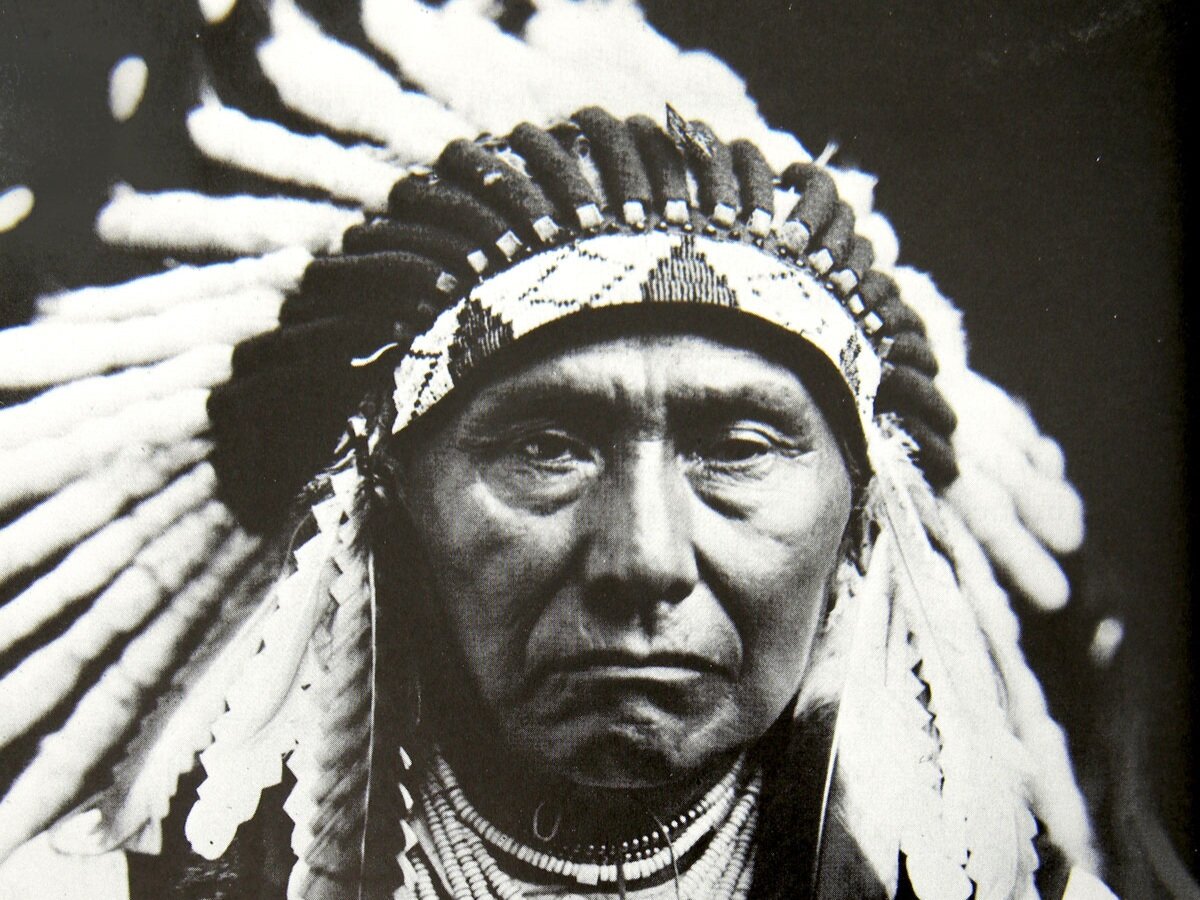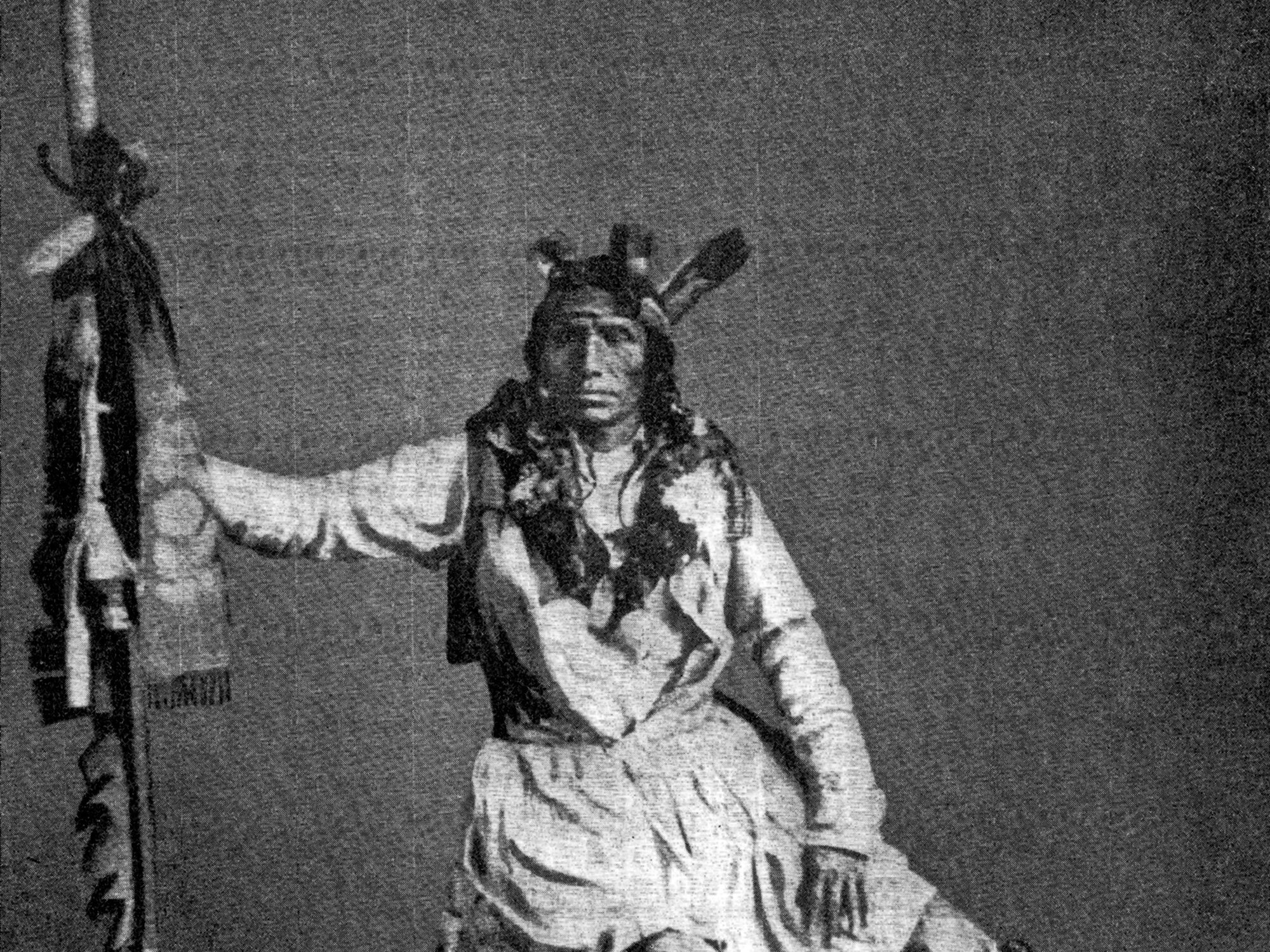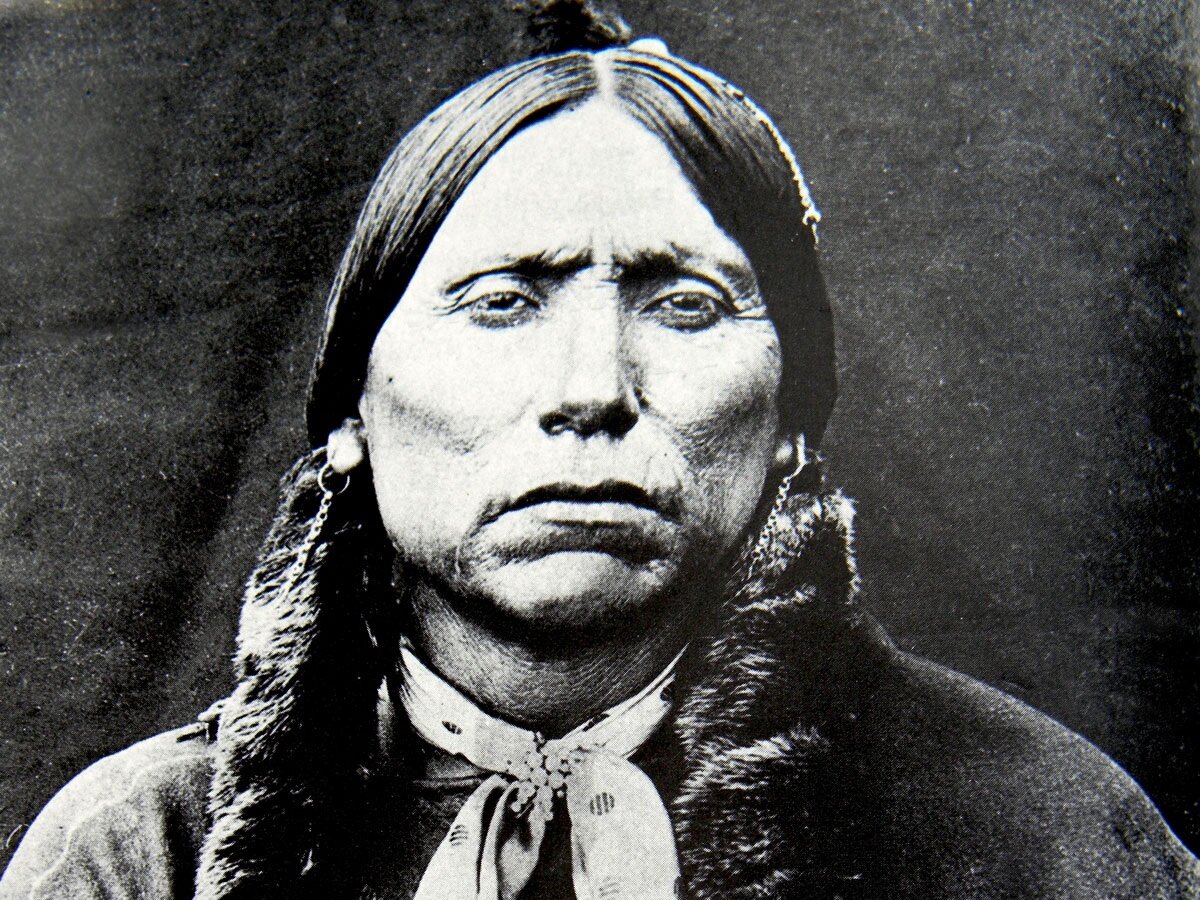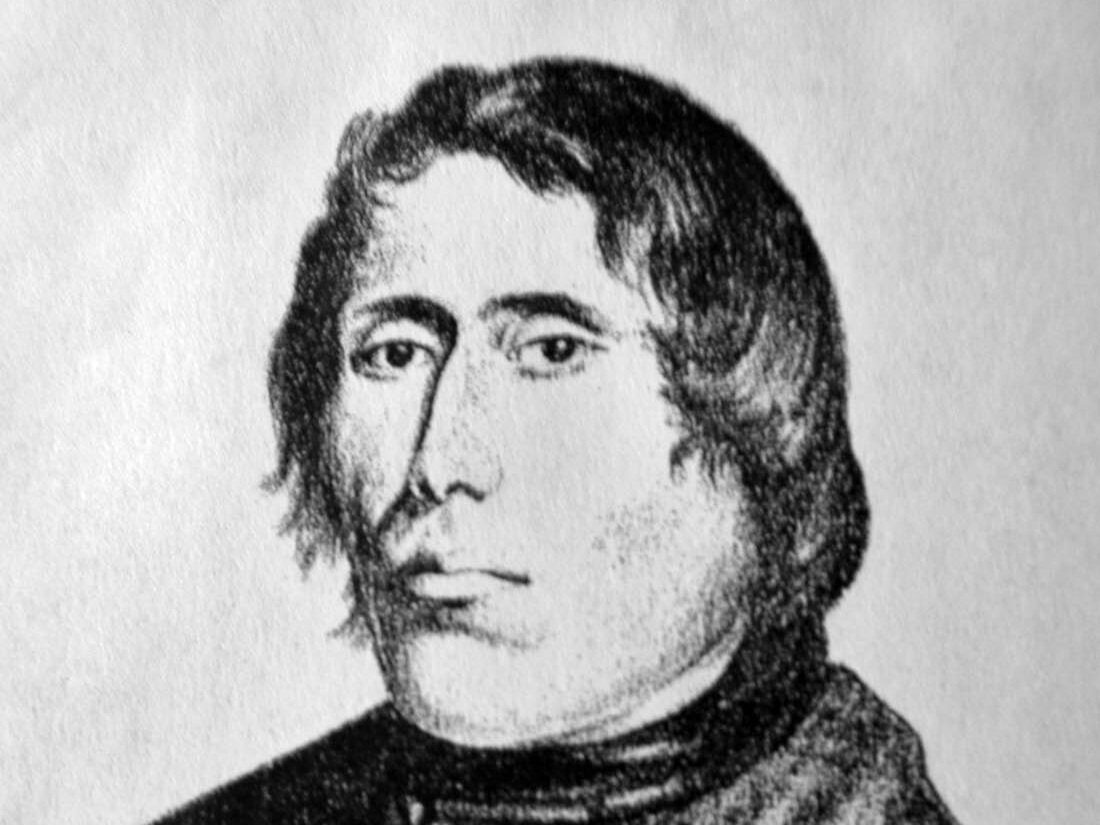
Chief Joseph
Joseph was born in the Wallowa Valley in northeastern Oregon in 1840. His tribe was called the “Nez Perce” by French fur traders. They called them Nez Perce, which meant “pierced nose,” because some of them wore seashells in their noses. Lewis and Clark were some of the first white people to enter Nez Perce territory. The Nez Perce fed them and gave them shelter. Throughout Joseph's life new white settlers had encroached on Nez Perce territory. Then in 1853, when Joseph was 23, his people were forced to give up what little land they had and settle on the Lapwai Reservation. However, he and many of the other chiefs refused. For the next 20 years they lived outside of the reservation. During this entire time more and more settlers had moved on to their sacred land. Then, President Grant proclaimed the Wallowa Valley officially open to white homesteaders in 1875.

Dull Knife
Dull Knife was born in Montana, in 1810. As a young man he earned the respect of the people in his Northern Cheyenne tribe. Once, when winter fell early, his people were left with little food. With his tribe facing starvation Dull Knife led a hunting party through harsh terrain over 150 miles. Just in time, in the midst of a horrible storm, he and his men returned with enough dried buffalo meat for the entire tribe. Dull Knife's record in battle was also well known. Over and over he displayed his bravery. Once in battle his brother was severely wounded. Dull Knife, under a steady barrage of arrows and spears rescued his brother. He was wounded two times. Dull Knife would represent his tribe during the first peace negotiations at Fort Laramie in 1868.

Geromino
Geronimo was born in June 1825, in present day New Mexico, near the confluence of Turkey Creek and the Gila River. Geronimo was a Bedonkohe Apache. His father Taklishim, was a Chiracahua and his mother Juana was held captive by Mexicans during much of her childhood. Geronimo married Alope, a girl from the Nedni-Chincahua Apache band, when he was just 17. They had three children together. Geronimo was not a hereditary chief, he earned his was by showing valor on the battlefield.

Little Crow
Little Crow was born in 1810, in the Dakota Indian settlement of Kaposia, which is near the present day city of St. Paul, Minnesota. His father was chief of the Santee or Mdewakanton Sioux. He would die in 1841 setting off a struggle for succession between Little Crow and his brother. During the ensuing gun battle between the brothers Little Crow would suffer gun shot wounds to both wrists. He would spend most of his life wearing long sleeve shirts in an attempt to hide the wounds.

Quanah Parker
At the age of nine, Cynthia Parker, the mother of Quanah, was abducted by the Comanches from her parents homestead on the Texas frontier. Then as a teenager she married one of the tribal leaders, Peta Nacona. Cynthia learned to speak the Comanche dialect, and she adapted to their lifestyle. Quanah was born in 1847. His birth was followed by the birth of a brother named Pecos, and a sister named Topsannah. Cynthia Parker was very happy with her family.

Red Cloud
Red Cloud was born in 1822 in a Sioux encampment near the present site of North Platte, Nebraska. He was born a member of the Ogalas, which was one of seven tribes that made up the Teton Sioux nation. As a boy, Red Cloud learned to ride bareback and shot a bow and arrow. Then by the time he was 15 years old he was already riding in war parties. Once while fighting the Pawnee, an arrow pierced his body from front to back. Only the tip of the arrow and the feathers were visible. They were cut off, and the shaft was removed. Red Cloud quickly recovered from the wound.

Satanta
Satanta was born in 1820. He was a Kiowa, and at the time there were only 2,000 of them. They fought along side the Comanches, and together they controlled an enormous region. This area included parts of Oklahoma, Kansas, Texas, Colorado, and New Mexico. Satanta stood over 6 feet tall and he had huge shoulders and a barrel chest. He liked the color red so much that he lived in a red tipi, and painted his face and body red when he was on the war path. He even decorated his lances in red streamers.

Sitting Bull
Sitting Bull was born in 1831, in the area we now call South Dakota. He was Teton Sioux, and his band was called Hunkpapas. Sitting Bull was very young when he joined the elite warrior society called Strong Hearts. Shortly afterward, Sitting Bull was shot in the left foot by a Crow chief. Without hesitation he took revenge by stabbing the chief through the heart. However, he would limp the rest of his life. Before long, Sitting Bull claimed he had killed over 60 men in battle.

Tecumseh
Tecumseh was a Shawnee Indian who was born near present day Chillicothe, Ohio. His father, Puckeshinwa was murdered by white settlers when he was very young. Tecumseh vowed on his father's death bed to get even with the whites. To make things worse, his mentor, a Shawnee chief named Cornstalk was also cut down in cold blood by white settlers. It is said that his mother, Methoataske, raised him from birth to make war on the European-American settlers who were invading their territory. As thousands of settlers settled in the Ohio Valley, Tecumseh united all of the local tribes in his efforts to stop them from taking all of their land. In 1790, He united the Shawnee, Delawares, Wyandots, Miamis, and Ottawa tribes. Before long they began attacking the local settlements, and wagon trains. This lasted until 1794, when the U.S. Army led by General “Mad Anthony” Wayne defeated them at Fallen Timbers.
